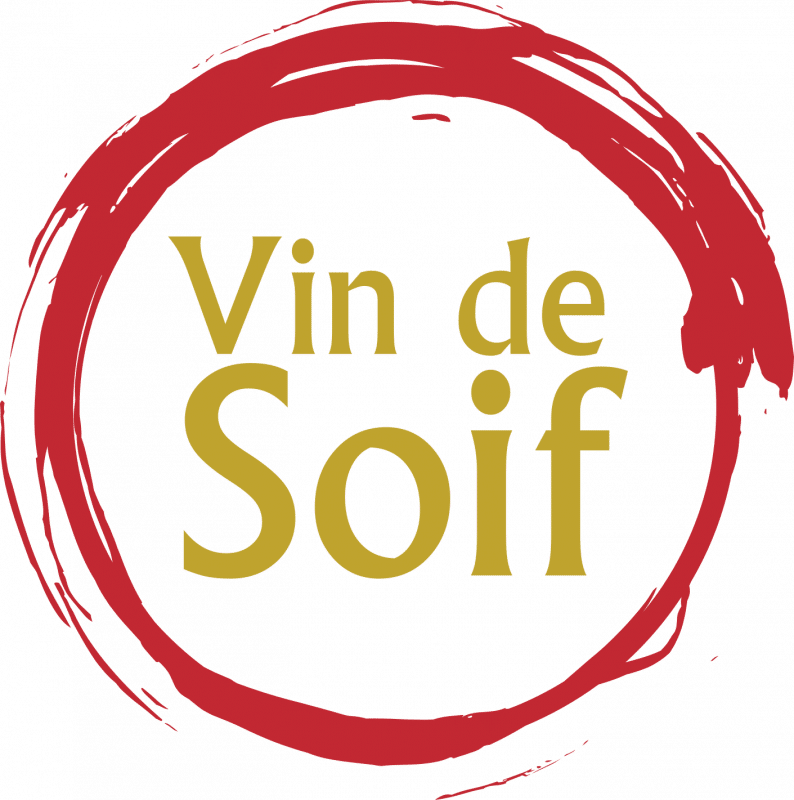Regional Profile
The Wines of Saint Estephe
Introduction
Located in the Bordeaux region of France, Saint Estephe is a village known for producing high-quality, age-worthy red wines. The region’s wines are renowned for their depth, structure, and complexity, and they are prized by collectors and connoisseurs around the world. In this article, we will explore the history, geography, grape varieties, and winemaking practices of the Saint-Estephe, as well as some of the notable wineries and wines of the region.
History of Saint-Estephe
The history of winemaking in Saint-Estephe dates back to Roman times, when the first vines were planted in the region. Over the centuries, the region’s wines have gained a reputation for their quality and longevity, and the region has played a key role in the development of the Bordeaux wine industry.
One of the key historical figures in the region is Alexandre de Segur, a 19th-century wine merchant and owner of Château Calon-Ségur. De Segur was instrumental in promoting the wines of the region and establishing the reputation of Saint-Estephe as a premier wine-producing region. Today, the region’s wines are known for their depth, structure, and aging potential, and they are sought after by collectors and connoisseurs around the world.
Geography and Climate
The village is located in the Haut-Médoc district of the Bordeaux region, along the Gironde estuary. The region is known for its rolling hills and diverse terroir, which includes a mix of clay, gravel, and sand soils.
The climate of is influenced by its proximity to the Atlantic Ocean, which helps to moderate the temperature and bring a maritime influence to the region. The region experiences a temperate maritime climate, with mild winters and warm summers. The region’s location within the Bordeaux region also means that it is subject to the same Atlantic weather patterns as the rest of the region, including the risk of frost and rain during the growing season.
Grape Varieties and Wine Styles
The dominant grape varieties are Cabernet Sauvignon and Merlot, which are used to make red wines in the region. The wines of the region are known for their depth, structure, and aging potential, and they are often described as being full-bodied, tannic, and complex.
The wine styles of Saint-Estephe are characterized by their bold flavors, firm tannins, and long aging potential. The wines are often made in a traditional style, using a blend of grape varieties and aging the wine in oak barrels to add complexity and structure. The wines of the region are known for their ability to age for many years, and they are often cellared by collectors and connoisseurs for decades before being opened and enjoyed.
Winemaking Practices and Regulations
The winemaking practices and regulations of Saint-Estephe are governed by the AOC (Appellation d’Origine Contrôlée) system, which regulates the production and labeling of wines in the region. Under the AOC system, the winemaking practices and grape varieties used in the region are strictly controlled to ensure the quality and consistency of the wines. The AOC regulations for the Saint-Estephe specify the grape varieties that can be used to make the wines, as well as the minimum alcohol content and aging requirements for the wines.
In addition to the AOC regulations, the local winemakers also follow a number of traditional winemaking practices that have been passed down through the generations. These practices include the use of oak barrels for aging the wines, as well as the use of a variety of winemaking techniques to extract the maximum character and complexity from the grapes.
Notable Wineries and Wines
Saint-Estephe is home to a number of notable wineries and wines, which are known for their quality and style. Some of the most highly regarded wineries in the region include Château Calon-Ségur, Château Montrose, and Château Cos d’Estournel, which were all included the original 1855 classification. Outside the classified chateaux, though, there are a number of houses that are worth seeking out, particularly within the cru bourgeois classification, such as Chateau Petit Bocq.
The wines are known for their depth, structure and aging potential, and they are full-bodied, tannic and complex. The wines are made from the typical Bordeaux varieties (Cabernet Sauvignon, Merlot and Cabernet Franc), but they sometimes have slightly more Merlot in the mix because of the higher proportion of clay in the soil than other Haut Medoc villages. The wines are aged in oak barrels to add complexity and structure, and they have the potential to age for many years, developing a more nuanced and complex flavor profile over time.
Food and Wine Pairings for Saint-Estephe Wines
The bold, tannic red wines of Saint-Estephe are best paired with hearty, flavorful dishes that can stand up to the intensity of the wines. Some good food and wine pairings include roast beef, lamb, and game, as well as dishes with rich, creamy sauces. The wines of the region also pair well with strong, salty cheeses, such as blue cheese or Roquefort.
Conclusion
Saint-Estephe is known for producing high-quality, age-worthy red wines that are prized by collectors and connoisseurs around the world. The region’s wines are characterized by their depth, structure, and complexity, and they have the potential to age for many years.
If you are a fan of red wines with depth, structure and aging potential, the wines of Saint-Estephe are definitely worth exploring. With its rich history, diverse terroir, and high-quality wines Saint-Estephe is a true treasure of the Bordeaux wine region.

